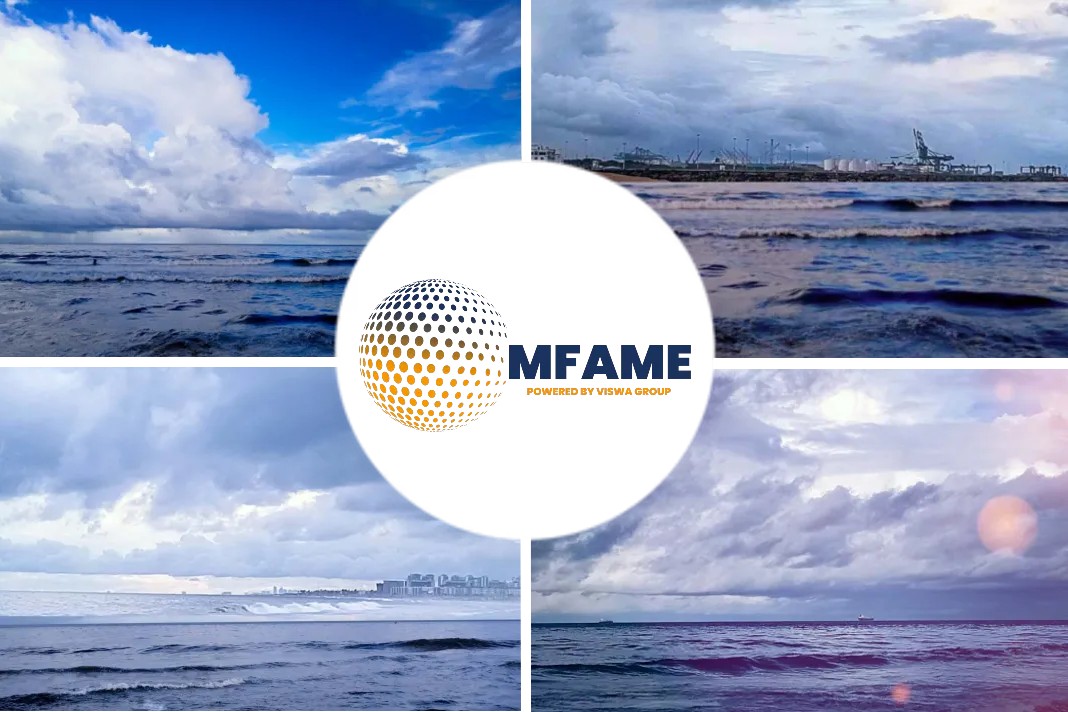- Decarbonization proposals could be discussed at MEPC77
- Opinion divided over carbon levy or traded instrument
Shipping must raise its environmental targets, the International Maritime Organization’s secretary-general said during the United Nations Climate Change Conference in an apparent nod to growing pressure from shipping companies and politicians, reports Platts.
50% cut in greenhouse gas emissions
The IMO is currently targeting a 50% cut in greenhouse gas emissions from the global fleet by 2050 compared with 2008 levels, following a 40% reduction in carbon intensity by 2030, but there is growing industry and political pressure to raise the 50% goal to 100%.
“We must upgrade our ambition, keeping up with the latest developments in the global community,” Kitack Lim said Nov. 6 at the International Chamber of Shipping’s Shaping the Future of Shipping conference in Glasgow.
The governments of Denmark, the US and other countries on Nov. 1 backed a goal to reduce emissions from the global maritime sector to zero by 2050. There is a lack of consensus and some confusion in the industry about whether the industry should target net-zero or absolute zero.
Some shipping companies are setting net-zero targets by 2050 and some sources believe the IMO will follow suit, to keep shipping in line with wider plans to keep global warming to within 1.5 C.
When member states committed to the IMO’s initial GHG strategy in 2018 they also committed to revising it in 2023, although there are mounting calls for this to happen sooner. Some future revisions have already been lodged and this could be discussed at the IMO’s Marine Environmental Protection Committee later in November, including a proposal on the part of Kiribati, the Marshall Islands and the Solomon Islands, to target zero emissions by 2050.
A question of how
“Proposals have been put forward to set a maximum carbon content for marine fuels in combination with carbon pricing mechanisms, based on economic instruments, or market-based measures,” Kim said.
A proposal by the Marshall Islands and Solomon Islands to introduce a levy of $100/mt of CO2 equivalent on oil used as a bunkering fuel has not yet been adopted by the IMO, but the proposal’s supporters hope it may make progress at the IMO’s MEPC77 later in November.
One metric tonne of fuel oil means approximately 3.1 mt of CO2 equivalent is emitted, according to classification society DNV, meaning a $100/mtCO2e levy would add $300/mt onto bunker fuel bills when fuel oil is burnt.
A diplomatic source said the proposal’s authors envisage raising that levy every few years.
Net zero in the shipping industry
Opinion is divided over whether a flat rate, understood as a levy, or a market-based CO2 price set by the market, is the best way to make polluters pay.
A market-based measure that fluctuates in line with market tendencies would make it impossible to pass the costs onto customers, Jeremy Nixon, CEO of container shipping line ONE Group, told S&P Global Platts. “You need clarity and for that you need a [flat-rate] levy,” he said.
However, care must be taken over how to present a carbon cost. The IMO leadership is trying to persuade the US to back such a cost and so must avoid presenting it as a tax, which would be politically unpalatable in Washington, a second source said.
As such, a traded, market-based measure might be the best way to ensure US support, the source said.
There is US support for net zero in the shipping industry by 2050 and while the IMO’s current 50% GHG decrease by 2050 is ambitious it is not ambitious enough, Andrew Light, assistant secretary for international affairs at the US department of Energy, said during a panel discussion at the conference.
Container line Hapag-Lloyd favors a traded market-based measure to price carbon in bunker fuel but a levy would easier to administer and so the company has some sympathy for this, company CEO Rolf Habben Jansen said told Platts.
Did you subscribe to our daily newsletter?
It’s Free! Click here to Subscribe!
Source: Platts

















